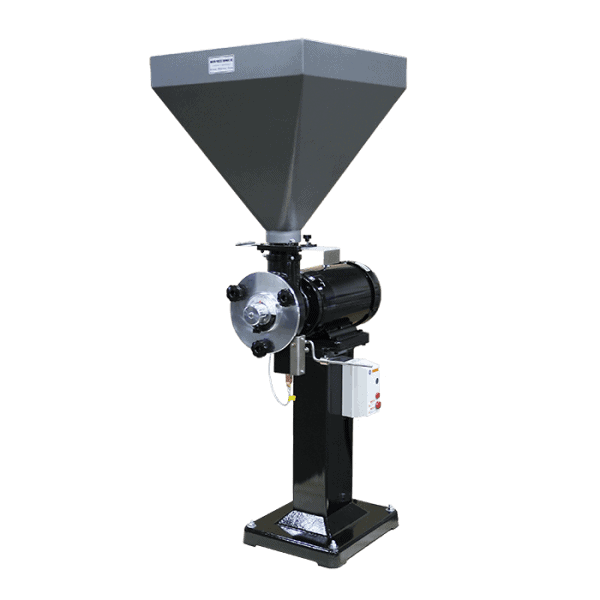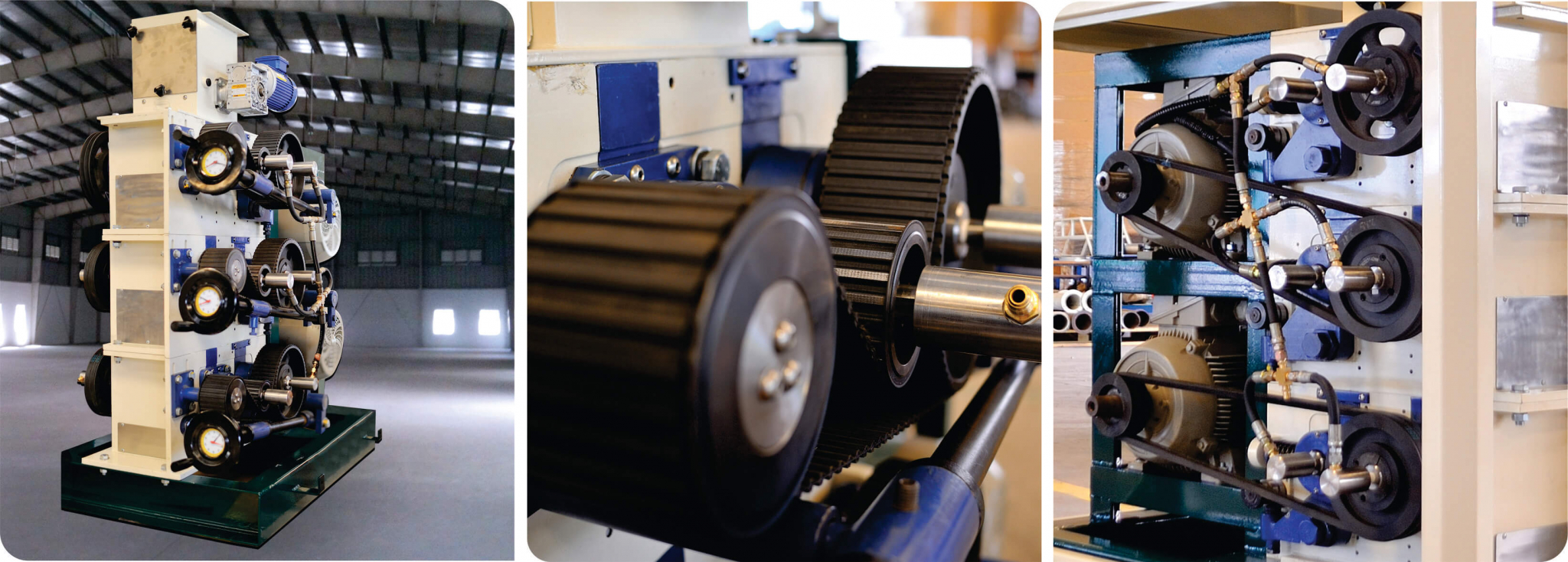Industrial Coffee Grinder: Pros, Disadvantages, and Features to Evaluate
Industrial Coffee Grinder: Pros, Disadvantages, and Features to Evaluate
Blog Article
Exactly How to Pick the Perfect Industrial Coffee Mill for Your Organization
Selecting the suitable industrial coffee grinder for your company is a complex choice that requires careful factor to consider of several critical variables. In addition, comprehending the various kinds of mills readily available can dramatically influence your operational effectiveness.
Assess Your Grinding Demands
When choosing an industrial coffee grinder, one must initially assess their grinding needs to make certain ideal performance and consistency. This initial assessment entails understanding the volume of coffee to be processed daily, as well as the wanted grind dimension for numerous brewing techniques. A high-capacity mill may be necessary for services serving large amounts of coffee, while smaller sized operations could discover a more small design enough.
In addition, it is necessary to take into consideration the sorts of coffee beans being made use of, as different beans may call for details grinding methods to achieve the most effective taste profile. Oily beans might demand a grinder designed to take care of such attributes without overheating or clumping.
Specialized coffee services often require exact grind dimensions to boost removal and flavor, making it important to pick a mill that can supply uniform outcomes. Assessing the readily available area and electrical demands will certainly assist in selecting a mill that fits perfectly right into your operational workflow.
Understand Mill Types
Comprehending the various kinds of industrial coffee grinders is vital for making a notified option that satisfies details operational requirements. There are mostly 2 categories of mills: blade mills and burr mills.
Blade mills use rotating blades to slice the coffee beans, resulting in an irregular work dimension - Industrial Coffee Grinder. While they might be a lot more budget friendly, they are frequently not ideal for business applications where accuracy is essential
On the other hand, burr grinders offer a much more consistent grind by crushing the beans in between two surface areas. They can be additional classified right into level burr and conelike burr mills. Flat burr grinders offer a regular grind size and are typically favored for coffee preparation, while conelike burr grinders are versatile and can deal with a series of brew approaches, from coffee to French press.
When selecting a mill, think about the particular demands of your business, including preferred work uniformity, manufacturing volume, and the sorts of coffee drinks you prepare to provide - Industrial Coffee Grinder. Each mill type has its limitations and benefits, so recognizing these nuances allows educated decision-making that straightens with functional objectives
Evaluate Work Size Consistency
Attaining grind size uniformity is crucial for generating high-grade coffee, as variants in fragment size can dramatically affect removal and flavor. When selecting an industrial coffee grinder, it is vital to review exactly how well the equipment maintains uniformity in grind size across different batches. Inconsistent grind sizes can lead to irregular extraction, causing a mug that may taste weak or excessively bitter.
To analyze grind size uniformity, consider grinders with functions such as adjustable grind settings and high-grade burrs. Burr grinders, specifically, succeed in generating consistent particle dimensions compared to blade mills. The material and shape of the burrs play a vital role, with stainless-steel and ceramic options offering resilience and accuracy.

Think About Manufacturing Ability
In the fast-paced globe of coffee manufacturing, thinking about manufacturing capability is extremely important for businesses aiming to fulfill demand without sacrificing top quality. The manufacturing capability of an industrial coffee grinder directly influences a business's capability to satisfy orders efficiently, manage stock, and reply to fluctuating market trends.
When evaluating production capacity, it is vital to examine the mill's result rate, commonly gauged in pounds per hour. This measurement should straighten with your business's predicted sales volume and growth targets. A coffee shop with a high turn over might require a grinder that can process a number of hundred extra pounds daily, while a smaller operation could be sufficient with a lower capacity version.
Furthermore, consider the sort of coffee being processed. Different beans and blends may affect grinding rate and performance, requiring a mill qualified of dealing with diverse production requirements. It's additionally worth factoring in the grinder's ability to maintain constant quality under high result problems, as any type of fluctuations can impact the final item.
Eventually, picking a grinder that matches your business's manufacturing capacity will ensure you stay competitive and receptive to customer assumptions.

Spending Plan and Maintenance Aspects
When evaluating the appropriate commercial coffee budget plan, mill and maintenance aspects play a considerable role in the overall decision-making process. An initial financial investment in a top quality mill can generate lasting benefits, yet it's necessary to develop a clear spending plan that aligns with your service's functional demands. Think about both the purchase cost site and potential functional expenses, such as power intake and replacement components.
Industrial coffee grinders need normal upkeep to guarantee optimum performance and durability. Examine the producer's suggestions for best site upkeep, including cleaning routines and parts replacement, as these will certainly affect long-term functional expenses.

Buying a grinder that is resilient yet simple to preserve can conserve cash with time. While lower-priced options might be alluring, they may sustain greater upkeep costs and reduced efficiency. Eventually, balancing first costs with long-lasting maintenance and functional efficiency will assist you to the finest choice for your service's coffee grinding needs.
Conclusion
Selecting the optimal commercial coffee mill demands a detailed evaluation of grinding demands, grinder types, grind dimension consistency, manufacturing ability, and monetary factors to consider. By focusing on these variables, organizations can guarantee the purchase of a reliable, efficient grinder that meets specific functional demands. An appropriate grinder not only enhances the top quality of the coffee produced but also adds to the general success and success of the venture. Lasting efficiency and maintenance ease need to stay main to the decision-making process.
Specialized coffee businesses typically require specific grind dimensions to enhance extraction and taste, making it essential to choose a mill that can provide consistent results. Apartment burr mills use a constant work dimension and are usually click over here preferred for espresso prep work, while conelike burr grinders are flexible and can take care of a range of brew methods, from coffee to French press.
When selecting a commercial coffee grinder, it is vital to evaluate just how well the device preserves harmony in work dimension across various batches. Burr mills, in certain, stand out in generating uniform particle dimensions compared to blade mills.Choosing the ideal industrial coffee grinder necessitates a complete assessment of grinding needs, grinder kinds, grind size uniformity, manufacturing capacity, and budgetary considerations.
Report this page